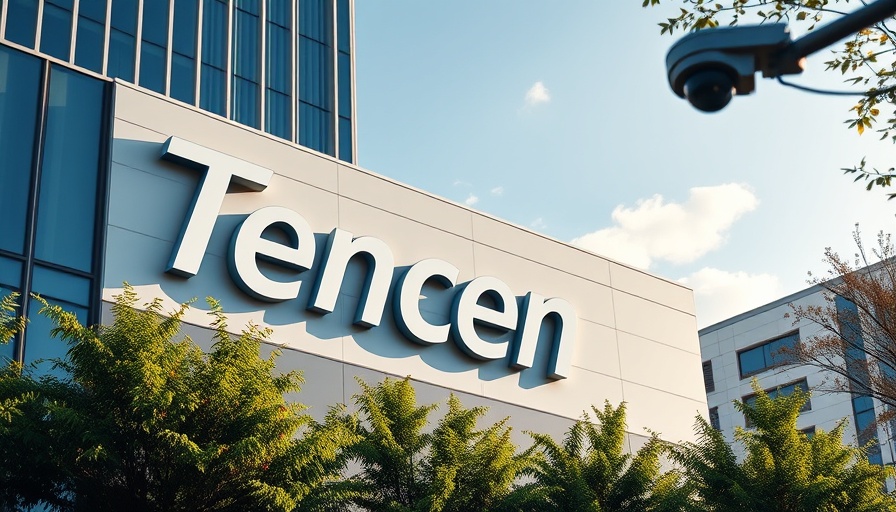
Tencent's Impressive Q2 Performance Mirrors Industry Trends
Tencent Holdings Ltd., the Chinese technology juggernaut, has reported a remarkable 15% increase in its quarterly revenue, reaching 184.504 billion yuan (about $25.7 billion). This growth can be attributed significantly to the strengthening of its gaming unit and substantial investments in artificial intelligence (AI). With a booming gaming sector driven by the release of the new title "Delta Force" and enduring hits like "Honor of Kings," Tencent showcases the ongoing demand for digital entertainment in a post-pandemic world.
Why AI Investments Are Playing a Crucial Role
During the earnings announcement, CEO Ma Huateng emphasized that AI has become a core part of Tencent's operational strategy. This year alone, capital expenditures surged by 119% to 19.1 billion yuan as Tencent aims to bolster their AI capabilities not only in gaming but across their social media platform Weixin and other ventures. These investments are set to enhance user engagement and efficiency, a strategy mirroring trends seen across the tech industry as companies increasingly lean into AI technologies.
The Role of Gaming in Revenue Growth
The surge in revenue from domestic gaming, which reported an annual increase of 17%, illustrates the resilience of California in the face of economic adversity. By successfully leveraging both new and existing titles, Tencent demonstrates the significant profitability of high-quality gaming experiences, spotlighting an important sector for potential lenders and investors looking to capitalize on digital entertainment.
Future Implications for Investors and Lenders
As Tencent continues to expand and innovate, business lenders and banks have a unique opportunity to assess aligning with a company that not only captures significant market share but also signifies larger trends in technology and consumer behavior. The combination of AI and gaming places Tencent at the forefront of a rapidly evolving digital landscape.
This quarterly performance report not only reflects Tencent's current strength but also sets a roadmap for future growth in tech sectors focusing on AI integration and gaming. Stakeholders and lenders should take note of these developments, as they indicate the shifting paradigms within industry confines.
 Add Row
Add Row  Add
Add 




Write A Comment